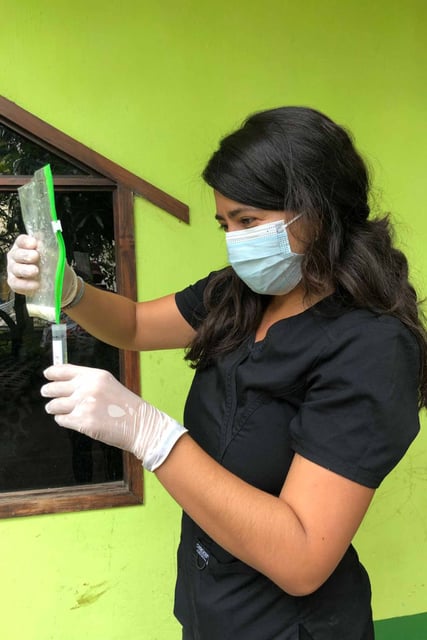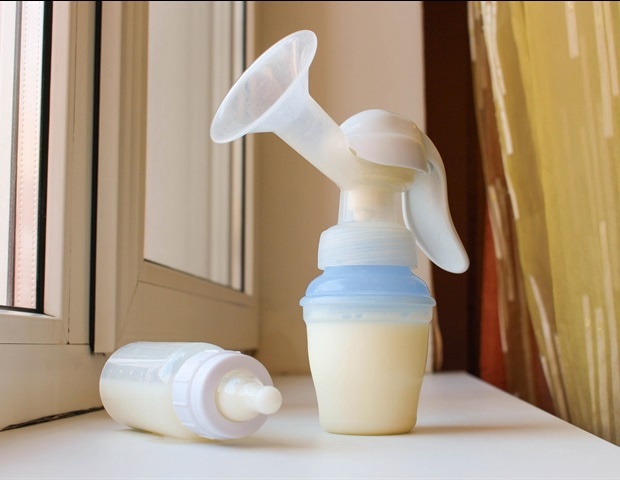Overview
- Peer-reviewed findings in Environmental Pollution confirm that arsenic and lead levels in breast milk from Panajachel and Santiago Atitlán exceed WHO safety limits.
- Analysis of 80 mother-infant pairs across four Lake Atitlán communities shows higher breast milk concentrations of arsenic, barium, beryllium and lead are associated with stunted infant growth.
- Drinking water tests from Panajachel and Santiago Atitlán revealed elevated arsenic and barium levels, pinpointing water as the primary exposure pathway.
- As the first study in the Americas to link breast milk metal contamination to infant stunting, the research underscores environmental pollution as a critical driver of Guatemala’s high chronic malnutrition rates.
- University of Arizona Health Sciences teams are collaborating with local partners to design targeted interventions aimed at reducing maternal and child exposure to toxic metals.


